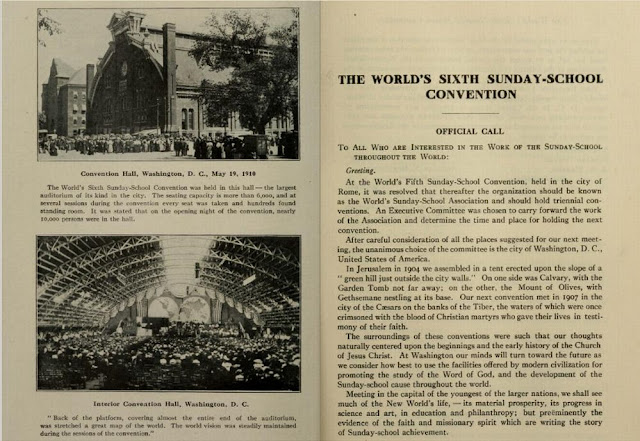Curley was about 17 years old when he enlisted as a scout for the US Army and was assigned to General George Custer's Little Big Horn expedition. The Crow scouts' reports about a large settlement were ignored by General Custer when he decided to wage a battle rather than wait for reinforcements. Custer sent the scouts away prior to the attack. Curley watched parts of the battle through a spy glass from a distance of about a mile and a half away. He made his way through Sioux territory to report the disaster. He was purportedly the only surviving witness to "Custer's Last Stand" He died in 1923of pneumonia.
More information from http://www.bridgestree.org/documents/Custers_Scouts_at_Little_Big_Horn.pdf :
"Accompanying Custer and his forces after their separation from Benteen and Reno were four Crow Scouts: Curley, Goes Ahead, Hairy Moccasin and White Man Runs Him. Two Crow Scouts remained with Reno, Half Yellow Face and White Swan. When Custer's troop came into contact with the Indian village, the scouts were excused; they had done their job. Among them, Curley refused to leave. Nevertheless, Mitch Bouyer, one of Custer's mixedblood French and Lakota guides, insisted that
the 17 year old Curley depart, allegedly telling Curley that "We have no chance at all," and relay the message to Terry that "all are killed." In 1983, archeological exploration of the battlefield was conducted. Previously unidentified remains were found. Using modern forensic science, the remains of Boyer were identified. Curley departed and was able to observe the battle with a spy glass from a ridge about a mile and a half away. He then eluded the Sioux by crawling through coulees until he found the pony of a dead Sioux, taking the Sioux pony and blanket, he then rode two and a half days until he found the Steamboat Far West, where through sign lanquage and drawing he was able to disclose
the disaster. Because of language difficulties, however, the extent of the disaster was not fully realized.
Curley was the youngest of the Crow scouts with Custer. He was probably about 20 years old the day of the battle.
Curley is the English name for Ashishishe, a Native American of the Crow tribe. Ashishishe was born in approximately 1856 in Montana, the son of Strong Bear (Inside the Mouth) and Strikes By the Side of the Water. Curley resided on the Crow Reservation in the vicinity of Pryor Creek, and married Bird Woman. He enlisted in the U.S. Army as an Indian scout on April 10, 1876 and was later chosen to scout for the Seventh Cavalry during the Little Bighorn expedition in 1876 along with fellow Crow warriors White Man Runs Him, Goes Ahead, Hairy Moccasin and others. He carried the news of the battle to the steamboat Far West at the mouth of the Little Bighorn. He witnessed parts of the Battle of the Little Bighorn, and his translated account later appeared in several newspapers, as he was thought to be the only surviving witness from the U.S. side of Custer's Last Stand. Curley later gave several variations on his account, and the accuracy of his recollections has been questioned.
However, two of the most influential historians of the Battle of the Little Bighorn, Walter Mason Camp (who interviewed Curley on several occasions) and John S. Gray, accepted Curley's account. Curley later lived on the Crow Reservation on the bank of the Little Bighorn River, close to the site of the Battle. He served in the Crow Police. He divorced Bird Woman in 1886, and married Takes a Shield. Curley had one daughter Awakuk Korita ha Sakush ("Bird of Another Year") who took the English name Nora. Curley received a U.S. pension as of 1920. He died May 21,1923 at his ranch home near Crow Agency of pneumonia, and his remains were interred in the National Cemetery at the Little Bighorn Battlefield National Monument, only a mile from his home."
This great postcard can be found in my bidStart store here: Native American Indian Curley General Custer's Scout
and in my eBay Store here: NATIVE AMERICAN INDIAN POSTCARD CURLEY GEN CUSTER SCOUT
















